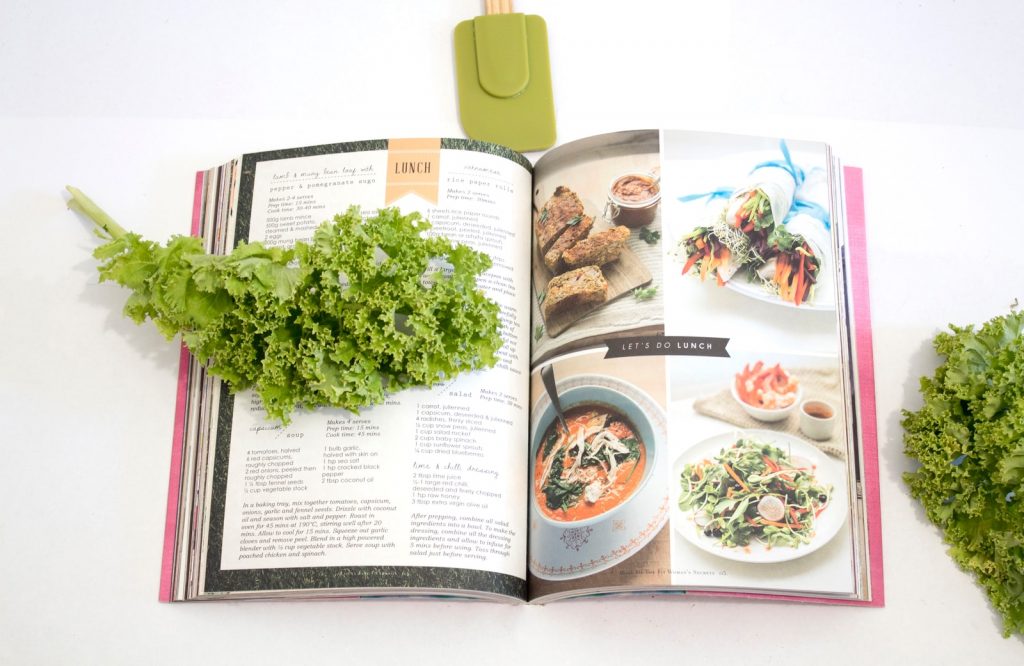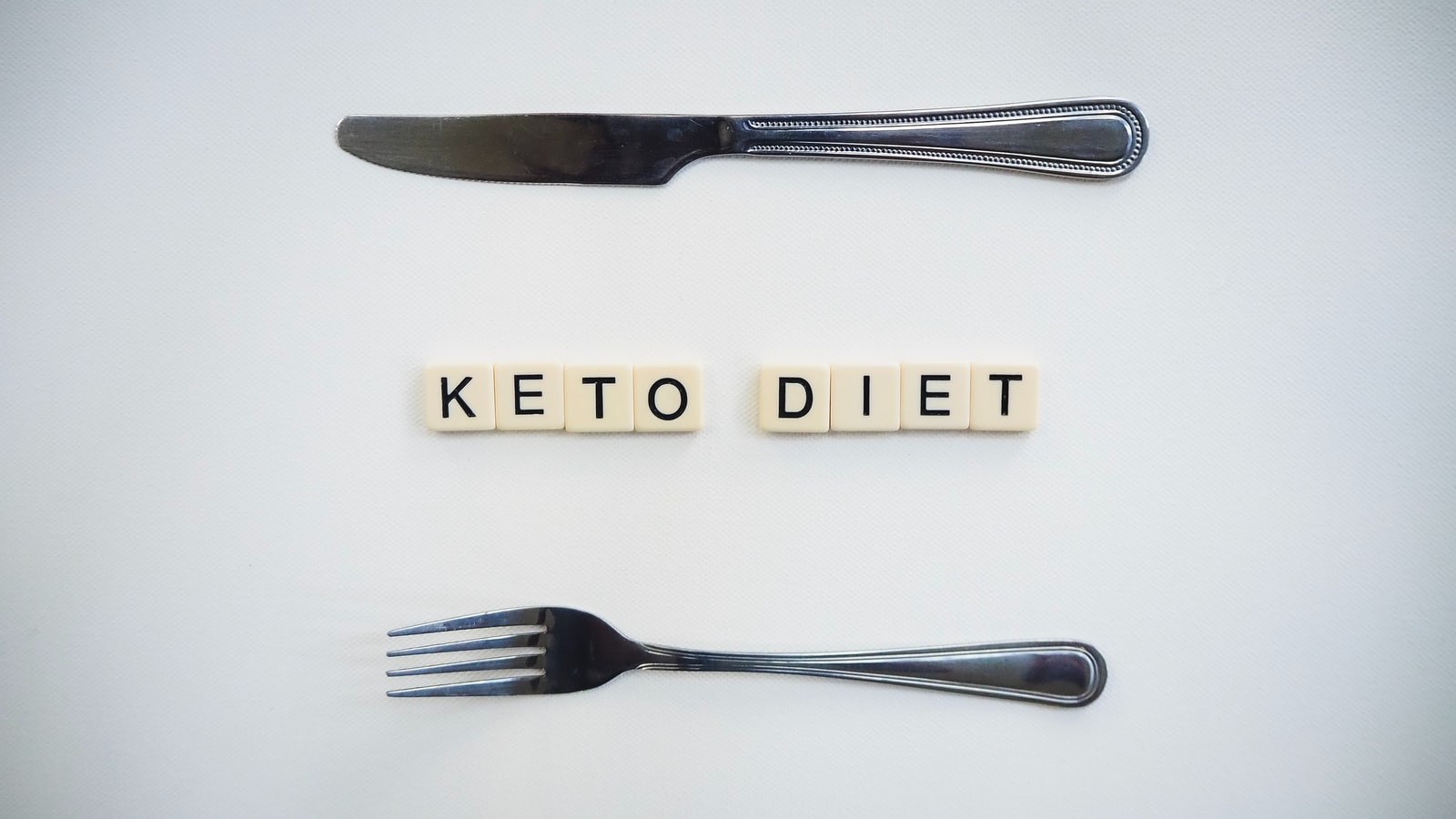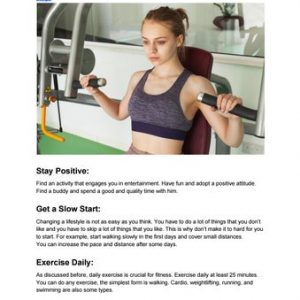Few things are more exciting to those who’ve tried it than the allure of the keto diet. Some people have seen significant weight loss, better hair and skin and improved mental clarity by living a keto lifestyle. If a clean eating vegan has never been on The Keto Diet before, they may not know where to start with when on Keto diet what to eat?.
What is the Ketogenic Diet?
The Ketogenic Diet is a high fat, low carbohydrate diet that can help you lose weight and improve your health.
When you follow the diet, your body enters a state of ketosis, which means it starts to burn fat for energy instead of carbs. This can lead to weight loss and other health benefits.
Types of Keto Diets
There are many different types of keto diets, each with their own advantages and disadvantages.
Here are some of the most popular types of keto diets:
- Standard Keto Diet: The standard keto diet is a very low-carb, high-fat diet. It typically contains around 75% fat, 20% protein, and 5% carbs. This diet is considered to be the most effective for weight loss and can help you burn fat very quickly. That’s the one I do.
- Cyclical Keto Diet: The cyclical keto diet is similar to the standard keto diet, but it includes periods of higher carb intake (usually around 5-10%). This diet is often used by bodybuilders or athletes who need more carbs to refuel their bodies after strenuous exercise.
- Targeted Keto Diet: The targeted keto diet is a variation of the standard keto diet that allows you to add carbs around your workouts. This diet is often used by athletes or bodybuilders who want to improve their performance without sacrificing their weight loss.
- High-Protein Keto Diet: The high-protein keto diet is a variation of the standard keto diet that includes more protein. This diet is often used by people who workout a lot and need to build muscles.
Pros and Cons of a Keto Diet
When it comes to the keto diet, there are a lot of pros and cons that you need to take into consideration. On the one hand, this diet can be great for helping you to lose weight quickly.
On the other hand, it can be difficult to stick to and there are some potential risks involved. Let’s start with the pros. One of the biggest advantages of the keto diet is that it can help you lose weight quickly.
This is because when you cut out carbs, your body is forced to burn fat for energy. This means that you can see results fairly quickly, which can be great motivation to stay on track.
Another advantage of the keto diet is that it can help reduce your risk of heart disease. This is because high levels of LDL cholesterol (the bad kind) are linked to an increased risk of heart disease.
When you cut out carbs, your LDL cholesterol levels go down, which can help reduce your risk. Now let’s look at the cons. One downside of the keto diet is that it can be difficult to stick to long-term.
This is because it involves making a lot of changes to your eating habits and giving up some foods that you may enjoy.
What Foods on Keto Diet What to Eat??
When you’re on the keto diet, there are a few things you’ll want to make sure you include in your meals.
First, you’ll want to get plenty of healthy fats. This means eating things like olive oil, avocados, and coconut oil. You’ll also want to make sure you’re getting enough protein.
Good sources of protein on the keto diet include meat, fish, and poultry. In terms of what vegetables to eat, you’ll want to focus on those that are high in fat and low in carbohydrates.
Some good options include broccoli, cauliflower, and zucchini. When it comes to fruits, the ones that are highest in fat and lowest in carbs include olives, coconuts, and avocados.
Of course, you’ll also need to stay hydrated on the keto diet. Be sure to drink plenty of water throughout the day.
You might also want to consider adding a electrolyte supplement to your diet if you find yourself feeling fatigued or lightheaded.
This is because the keto diet can cause dehydration and electrolyte imbalance.

Recipes eliminating bread, rice, potatoes, etc.
There are a lot of recipes for the keto diet that eliminate common food groups like bread, rice, potatoes, fried foods, and baked goods. This can make it difficult to find recipes that you can enjoy while on the diet.
However, there are still plenty of recipes out there that are both keto-friendly and delicious.
Try searching for keto-friendly recipes online or in cookbooks specifically designed for the keto diet. You may be surprised at how many great options there are.
Alternatives to the Keto Diet?
There are many alternative diets to the keto diet. Some people may prefer to follow a more balanced diet, while others may find that the keto diet is too restrictive.
Here are some popular alternative diets to the keto diet:
- The Paleo Diet: The Paleo diet is based on foods that our hunter-gatherer ancestors would have eaten. The focus is on whole, unprocessed foods such as meat, seafood, vegetables, fruits, nuts, and seeds.
- The Atkins Diet: The Atkins diet is a low-carbohydrate diet that was first popularized in the 1970s. Unlike the keto diet, which requires you to severely restrict your intake of carbohydrates, the Atkins diet allows you to eat more carbohydrates than the keto diet.
- The South Beach Diet: The South Beach diet is a moderate-carbohydrate diet that was developed by Dr. Arthur Agatston in the early 2000s. Unlike the keto diet and Atkins diet, which focus on weight loss, the South Beach diet emphasizes healthy eating habits and lifestyle changes.
If you’re interested in trying a different approach to weight loss or managing your diabetes, talk to your doctor or registered dietitian about whether you can start a specific diet.

Conclusion
There you have it – a comprehensive list of when on Keto Diet what to eat.
To help you get started on your healthy ketogenic journey. While this list is by no means exhaustive, it should give you a good idea of the types of foods you can eat while following a keto diet.
Remember to focus on healthy, whole foods and to consult with your doctor or registered dietitian if you have any questions or concerns.










